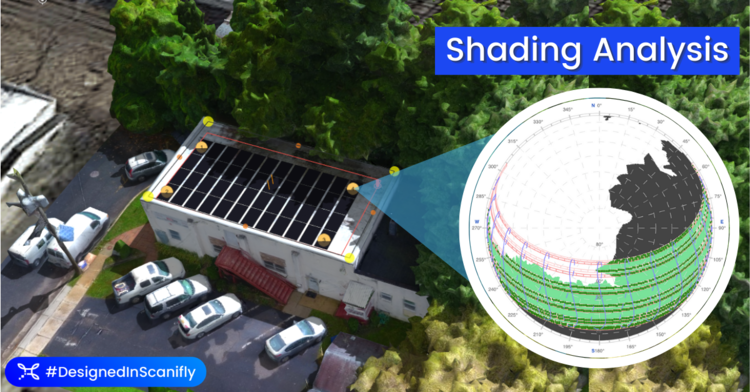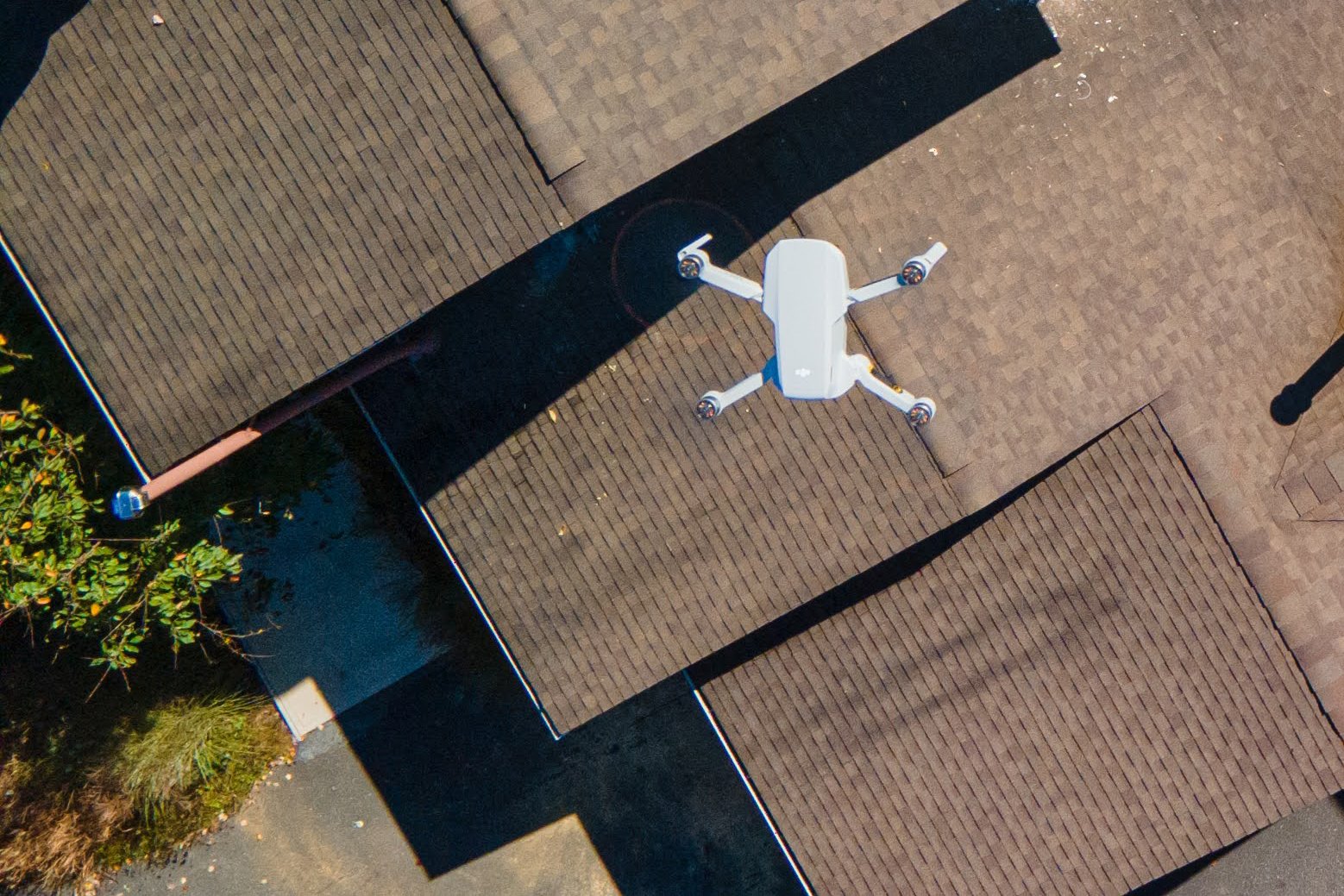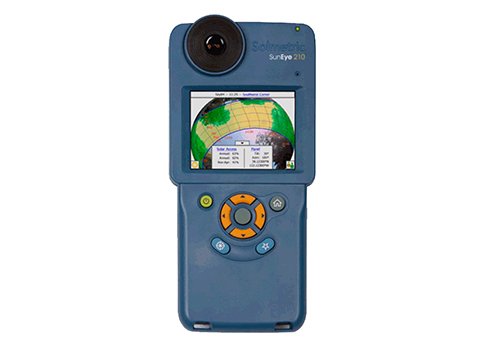As more solar surveyors recognize that being on the roof is dangerous and time-consuming, the industry is looking for ways to capture data digitally.
This means the industry also needs new shading tools.
SunEye is the industry standard onsite shading tool and has been since the Solar Pathfinder was introduced. However, SunEye’s handheld nature, legacy software, and expensive replacement parts make it ripe for evolution.
Luckily, there’s an easy alternative: Drones with Scanifly technology.
Here’s why Scanifly works better.
1. More efficient and safer surveying
Using drones with Scanifly software means you get equally accurate shading data as placing SunEyes on the roof in a safer and more efficient work environment.
Safety benefits:
-
Not needing to climb on the roof.
-
Not needing to work with awkward or large equipment.
-
Not needing to make the decision between the safety of harnessing in versus the potential damage to a customer’s home.
Efficiency benefits:
-
More productivity: Drones make it easy to do 5x more surveys per day, making your team more efficient.
-
No roof insurance: Eliminate this costly “cost of doing business” because people aren’t on the roof anymore.
No accident replacement costs: 58% of surveyors reported dropping items from a ladder or the roof. If they aren’t going on the roof, you don’t have to worry about replacements.
2. Identical use approvals by state regulators
A big reason SunEye grew in popularity – and rightly so – was because of regulatory approvals. For years, they were one of the only onsite shading tools that you could use in multiple different states.
That’s not the case any longer: Scanifly is now approved by all major state regulators and lenders, just like SunEye.

For example, Scanifly’s platform tools have been approved by NYSERDA, MassCEC, the California Energy Commission, Energy Trust of Oregon, Oncor and Austin Energy, and many others. This means that from a regulatory perspective, you’re covered when using Scanifly just as you would be with SunEye.
3. Faster and more accurate designs
Scanifly software is purpose-built to be fast and effective. Scanifly’s easy data import functionality means surveyors can send perfectly accurate data to designers quickly.
| Task | With a SunEye | With Scanifly + Drones |
| Uploading data from a survey for designers | 3-5 hours (manual) | 1-2 hours (automated) |
| Project analysis | 1-2 hours | 15 minutes |
| Shading analysis | 15-45 minutes | 1-2 minutes |
Plans are also up to 8x more accurate from drone images automatically uploaded into design files when compared to sharing manually-drawn measurements from a survey. This leads to a reduction (or complete elimination) of redesigns or additional truck rolls that take up additional time in the design process and reduce project margins.
4. More affordable technology

Scanifly works with multiple commercial drones – all of which are less expensive and easier to buy than SunEyes – such as the Skydio 2 for high use or smaller drones that work better for different use cases.
A SunEye will cost between $2,000 and $2,500 up front, plus the ongoing cost of replacement parts. In comparison, you can buy a drone and get a Part 107 license for as little as $1,200, while the best packages Scanifly recommends are still under $2,000 total.
SunEye users also share that parts are expensive, difficult to get in some instances, and take a long time to arrive, leading to project delays. Drone replacement parts, on the other hand, are widely sold and easy to get.
Scanifly is the new SunEye
Drones with Scanifly are safer, more efficient, and less expensive than SunEyes. While it can take a bit of time to learn drones, just like learning any other technology, it’s easy to get a Part 107 commercial drone license in a week or less. After that, solar contractors tell us it takes approximately one month to build out a solar drone program including flight training and administrative setup.
Once that initial training is done, though, the opportunities are endless with more capacity, a safer work environment, and direct top- and bottom-line benefits.






